The Golden Age of Science Fiction: Novels of 1979
Taking another break from award winners, here’s a look at novels published in 1979 that did not win any awards.
C.J. Cherryh published Hestia, a stand-alone about an engineer, Sam Merrit, who travels to the title planet to build a damn to help the human colonists. Upon arrival, Merrit realizes that the dam will not only prove to be the panacea that is sought, but would also destroy the local indigenous species. Cherryh uses the novel to explore personal and ecological responsibility and the sense of entitlement the colonists have.
Jerry Pournelle’s novel Janissearies is the first of the similarly titled trilogy, although it is also set in the wider world of his Co-Dominium universe that began with his novel King David’s Starship. The novel follows a group of American soldiers who have been rescued from an ambush in Africa and given the chance to put their talents to use in a medieval level society among the stars. Although Pournelle’s main character faced mutiny, he wins through in the end, establishing himself as the undisputed leader of the force.
Kindred, Octavia E. Butler’s time travel novel that shuffles Dana, a twentieth century African-American author, between her own time and the antebellum South was published in 1979. The novel offers a look at the sort of compromises Dana must make to survive as a slave as be able to continue to exist in her own time. Butler offers a complex view of slavery and race relations in the novel, partly because of the way she has caused Dana’s own existence and fate to be entwined with that of Rufus, the plantation owner.
Robert Lynn Asprin, published two novel sin 1979. The first, and better received, was The Bug Wars, set in the distant future. The Tzen are are war with various insectoid species and Asprin’s novel follows these alien races as they try to destroy each other and find the need to adapt their tactics based on the biological tendencies of the different races they come across. The book has the distinction of being humanless in its characters. The second volume Asprin published was Tambu, the story a piratical and tyrannical dictator who has decided it is time to share the story of his rise to power with a reporter, allowing Asprin to play with the unreliable narrator.
Malafrena is the second volume in Ursula K. Le Guin’s Orsinian tales. It is a true second world story, set in a world much like our own, but different. The novel lacks any supernatural or magical elements, focusing instead on the politics and romantic lives of his characters in a period which equates to the second half of the 1820s of our own world.
Phyllis Eisenstein’s Sorcerer’s Son begins the story of the demon Smada Rezhyk and his son, Cray. The novel is a story of discovery for Cray, who must not only find his own way in the world, first as a knight and later as a potential sorcerer, but also for him to discover the identity of his father. The novel was nominated for the British Fantasy Award. Eisenstein published a sequel, The Crystal Palace, in 1988 and although she has written a third volume in the trilogy, it has not yet been published.
Michael Moorcock, who had long been known in the field for his stories of Elric, Hawkmoon, Corum, and Jerry Cornelius, among others, offered The Golden Barge. Originally written when he was a teenager, with a short story version published in 1965, the novel tells the story of Jephraim Tallow, a man who awakens to find himself lacking a navel. In order to find out what happened, Tallow becomes obsessed with catching the Golden Barge of the title. He is sure the barge holds the secrets he needs to discover, even if he doesn’t know what those secrets are. The importance of the story is less about Tallow’s eventual discovery and more about the journey and his need to learn more.
Tim Powers would publish The Drawing of the Dark in 1979, a novel set in sixteenth century Europe on the eve of a Turkish siege of Vienna. As with many of Powers’ novels, The Drawing of the Dark draws on a variety of mythological and supernatural elements to build a rich narrative, in this case introducing the Arthurian mythos and a magical beer.
Chelsea Quinn Yarbro’s contribution to speculative fiction in 1979 consisted of the novels The Palace and Blood Games, the second and third novel in the Chronicles of the Count of Saint-Germain she had begun in 1978 with the publication of Hotel Transylvania. While the first novel introduced her immortal vampire protagonist in eighteenth century Paris, the next two books showed him at different times of his existence, with The Palace sending Saint-Germain back to Renaissance Italy and Blood Games seeing him even earlier in his lifespan, during Nero’s reign in Rome. This novel would also introduce the character of Olivia, who Yarbro would eventually follow in her own series of novels.
Although Gary K. Wolf is best known for his novel Who Censored Roger Rabbit? and the resulting film, in 1979, his novel The Resurrectionist appeared. This novel postulated that people could travel through space by being electronically disassembled and the put back together at their destination. The Resurrectionist of the title, Saul Lukas, is called upon to rescue people who are not able to be reconstituted at their destination. Lukas’s job is made more difficult by the complete loss of the woman he is trying to track down and the refusal of the powers that be to take any action that could help him.
andrew j. offutt published the first volume of his War of the Gods on Earth trilogy, The Iron Lords. The novel details the adventures of Jarik following the destruction of his village when he is eight. offutt’s world is not a pleasant one, with continuous raids, rape, battles, and violence. Eventually, in his quest to gain vengeance, Jarik pulls a sword from a meteorite and meets the Iron Lords, beings from another planet who seek to help Jarik gain his revenge as well as use him for their own purposes. The novel is very definitely the first volume of a series.
offutt also published a Conan novel, The Sword of Skelos in 1979, and he wasn’t the only one to play in Howard’s world. Karl Edward Wagner’s contribution to Conan adventures was The Road of Kings. The Sword of Skelos was the second book published (but the third chronologically) of a Conan trilogy by offutt. The Road of Kings looks at Conan’s days as a buccaneer and his rebellion against the tyrannical king of Zingara.
And finally, in 1978, Alan Dean Foster helped stoke the desire for content in the Star Wars universe during the hiatus between the release of the original film and the forthcoming The Empire Strikes Back, which wouldn’t be released until 1980. In 1979, Brian Daley published the first two novels which looked at Han Solo’s backstory, Han Solo at Star’s End and Han Solo’s Revenge, with a final volume scheduled for release in 1980. After the final book was published, no additional original Star Wars novels would appear until the Lando Calrissian trilogy was published at the time of the release of Return of the Jedi.
 Steven H Silver is a sixteen-time Hugo Award nominee and was the publisher of the Hugo-nominated fanzine Argentus as well as the editor and publisher of ISFiC Press for 8 years. He has also edited books for DAW, NESFA Press, and ZNB. He began publishing short fiction in 2008 and his most recently published story is “Webinar: Web Sites” in The Tangled Web. His most recent anthology, Alternate Peace was published in June. Steven has chaired the first Midwest Construction, Windycon three times, and the SFWA Nebula Conference 6 times, as well as serving as the Event Coordinator for SFWA. He was programming chair for Chicon 2000 and Vice Chair of Chicon 7.
Steven H Silver is a sixteen-time Hugo Award nominee and was the publisher of the Hugo-nominated fanzine Argentus as well as the editor and publisher of ISFiC Press for 8 years. He has also edited books for DAW, NESFA Press, and ZNB. He began publishing short fiction in 2008 and his most recently published story is “Webinar: Web Sites” in The Tangled Web. His most recent anthology, Alternate Peace was published in June. Steven has chaired the first Midwest Construction, Windycon three times, and the SFWA Nebula Conference 6 times, as well as serving as the Event Coordinator for SFWA. He was programming chair for Chicon 2000 and Vice Chair of Chicon 7.
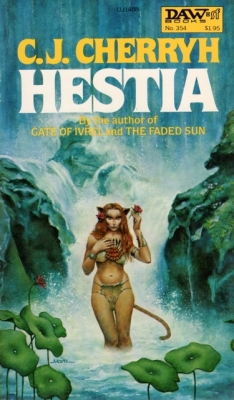
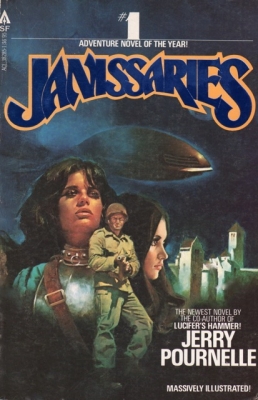
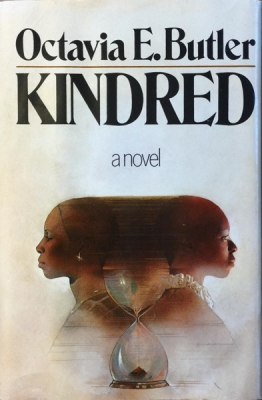
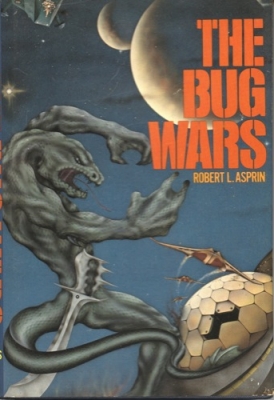
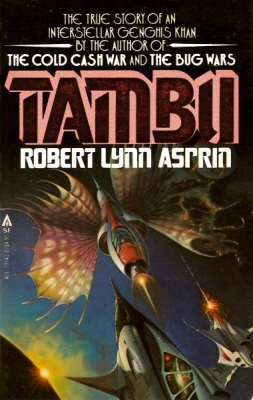

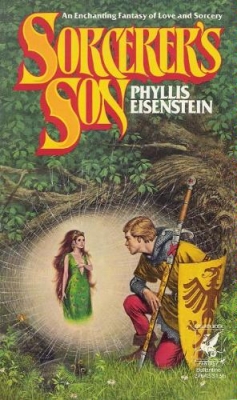
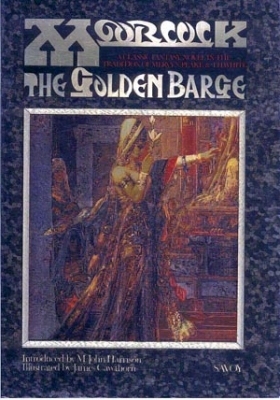
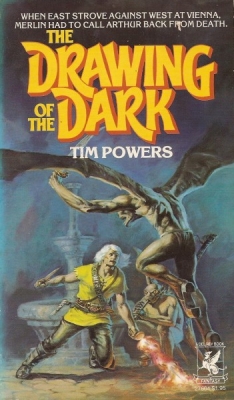
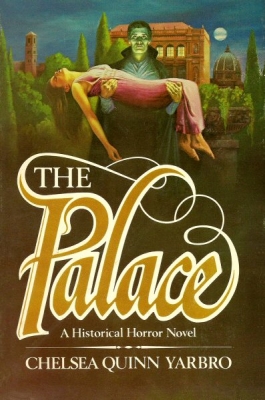
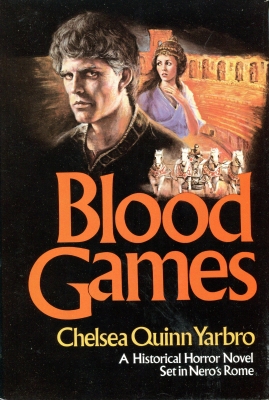
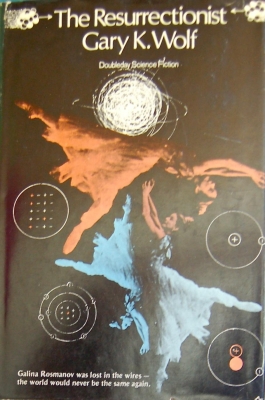
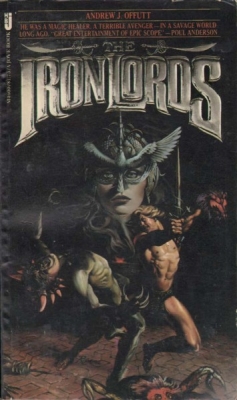
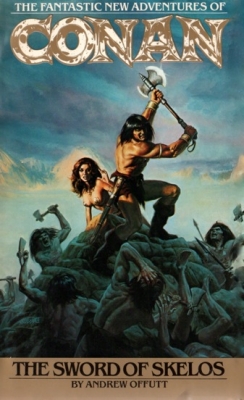
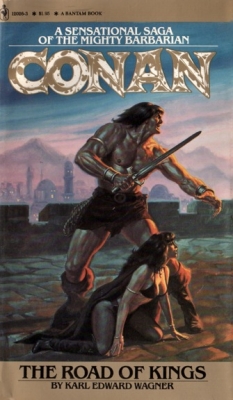
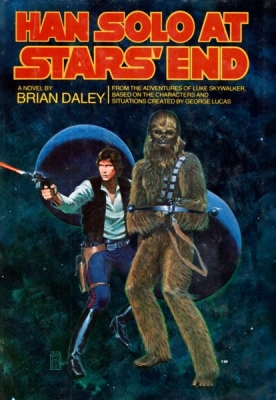
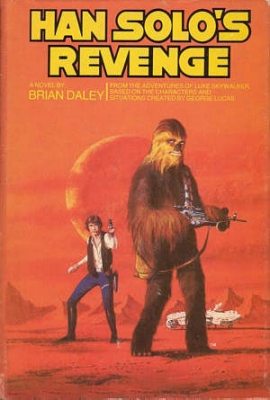
I’ve read at least eight of those (possibly nine — I’m not certain about the Moorcock), although not until varying numbers of years later.
Of the ones I read, the Cherryh is probably the best, although the Yarbro books are nipping at its heels.
I’ve read the Pournelle, the Eisenstein, the Powers and the two Conans.
Janissaries is one of those books that reads well on its own out well but turns out to be the start of a never ending story; the later volumes of the series just turned out to be more episodes in a sequence that was never really resolved. Which made the whole thing something of a failure.
Sorcerer’s Son is one of those rare fantasies in which everything is original and superb, tugging that old sense of wonder big time. The world-building is curiously perfunctory, but the personal story and the subworlds of sorcerers and demons are top notch. Never understood why Eisenstein couldn’t get the third novel in her trilogy published.
The Drawing of the Dark is one of Powers’s first novels, and one of the most accessible, even if the title represents one long multi-leveled pun. He manages to make a heroic fantasy set in historical times work well, with a protagonist who is sympathetic, damaged, and completely out of his depth.
Offutt’s Conan trilogy is competent but somewhat underwhelming, set in a time of the hero’s life (the youthful thief period) that didn’t need any more coverage, and was later done to death in the period of the Tor Conan pastiches. It is, however, competent, and Offutt does a good job (as many didn’t) of making the young Conan come across as a YOUNG Conan.
Wagner’s Conan novel is a step up from Offutt’s, though for a devotee of the pure Howard version of the character he manages to give as a version of Conan that seems slightly off.
Despite being “official” Conan pastiches (as much as anything post-Howard can really be official) neither of these novels fits remarkably well in the elaborate chronology of the hero’s career writers after Howard developed from his hints. But then, Wagner, at least, was no fan that.
The two Asprin novels and the Wolf sound interesting, and I’m familiar enough with some of their other works that I will likely give them a try. Ditto on the Cherryh, which I probably already have kicking around somewhere. Always liked the cover, but somehow never read it.